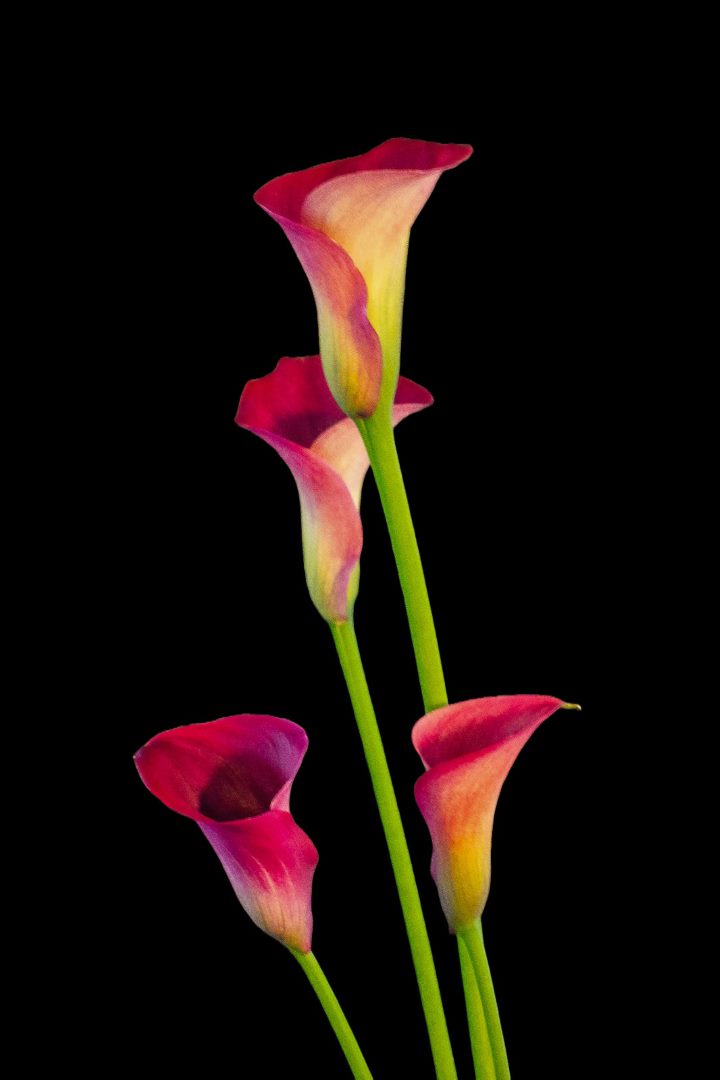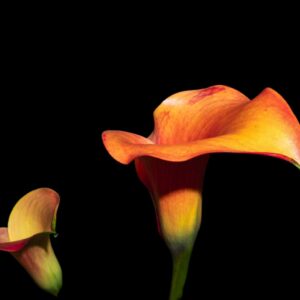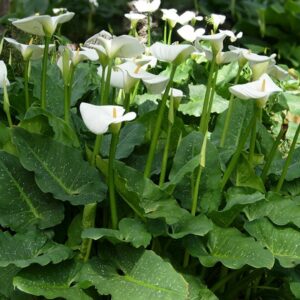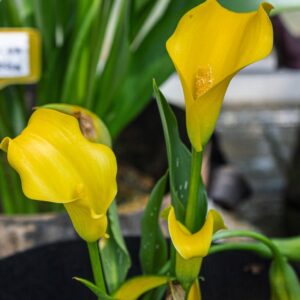Your cart is currently empty!
Unveiling Closed Lily Flowers: A Comprehensive Guide

Introduction
Closed lily flowers are captivating buds that hold the promise of exquisite blooms. Whether you’re a seasoned gardener or a budding enthusiast, understanding these closed gems is crucial for successful cultivation and appreciation of their beauty.
Reasons for Closed Lily Flowers
Environmental Factors
- Temperature: Lilies prefer moderate temperatures between 55-70°F (13-21°C). Extreme heat or cold can cause buds to remain closed.
- Light: Most lilies need ample sunlight, while others tolerate partial shade. Insufficient light can delay or prevent blooming.
- Water: Although lilies prefer moist soil, overwatering can lead to bud abortion. Ensure proper drainage to avoid waterlogging.
Hormonal Imbalances
- Gibberellic Acid (GA): This hormone promotes stem elongation and bud development. Reduced GA levels can cause buds to remain closed.
- Ethylene: This hormone triggers senescence (aging) and can prematurely close buds if produced in excess.
Pest and Disease Issues
- Aphids: These pests feed on plant sap and can weaken buds, causing them to fail to open.
- Botrytis Blight: This fungal disease affects lily buds, causing them to turn brown and wither.
- Virus: Some viruses can infect lilies and result in closed, stunted buds.
Remedies for Closed Lily Flowers
Environmental Adjustments
- Temperature: Provide optimal temperatures by moving plants indoors or sheltering them from extreme weather.
- Light: Ensure proper light exposure based on the specific lily variety. Consider supplemental lighting during low-light months.
- Water: Water regularly, but avoid overwatering. Use a well-draining soil mix to prevent waterlogging.
Hormonal Treatments
- Gibberellic Acid (GA): Commercial GA sprays or supplements can stimulate bud development and promote bloom.
- Ethylene Inhibitors: These products block the production of ethylene, potentially helping to keep buds open longer.
Pest and Disease Management
- Aphids: Apply insecticidal soap or neem oil to control aphids.
- Botrytis Blight: Remove affected plant parts and treat with fungicides containing thiophanate-methyl or chlorothalonil.
- Virus: Viral infections can be difficult to treat. Remove infected plants to prevent spread.
Tips for Encouraging Lily Blooms
- Plant at the right time: Plant bulbs in fall or spring, depending on the climate.
- Choose healthy bulbs: Select bulbs that are firm, plump, and free of disease.
- Provide ample sunlight: Most lilies need at least 6-8 hours of sunlight per day.
- Water regularly: Keep the soil moist but not waterlogged.
- Fertilize regularly: Use a balanced fertilizer to provide nutrients for healthy growth.
- Deadhead spent blooms: Remove faded flowers to promote new bud formation.
Conclusion
Closed lily flowers can be a source of frustration, but understanding the reasons behind their dormancy is the key to unlocking their beauty. By addressing environmental factors, hormonal imbalances, and pest and disease issues, you can increase the chances of successful bloom and enjoy the breathtaking splendor of these captivating flowers.








Leave a Reply